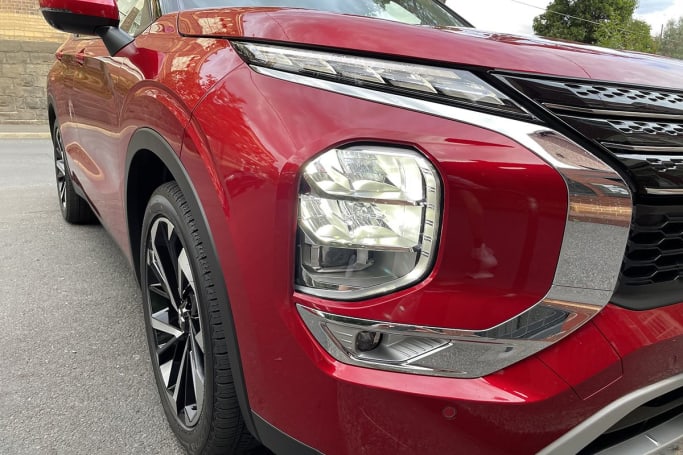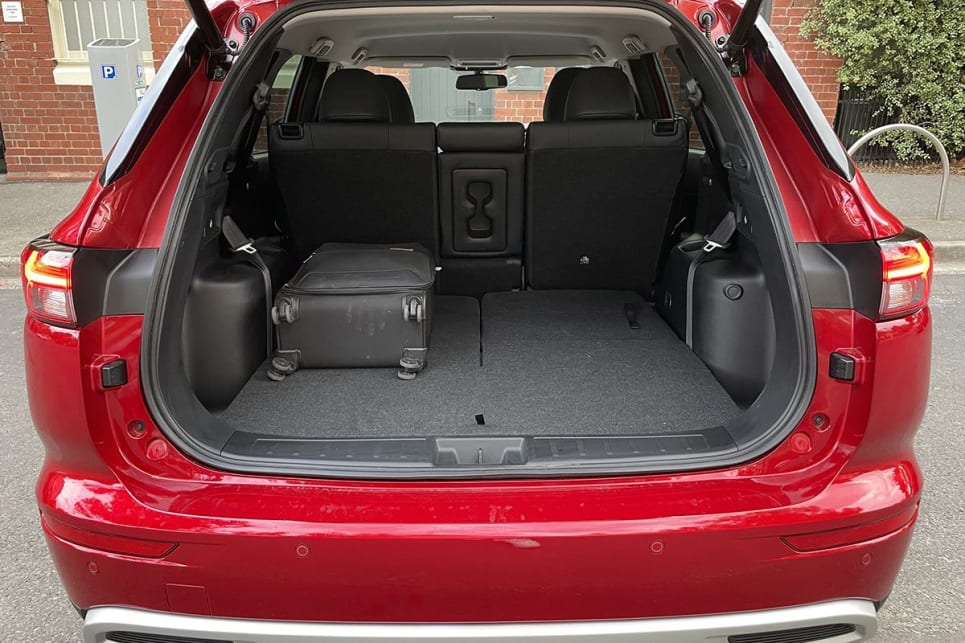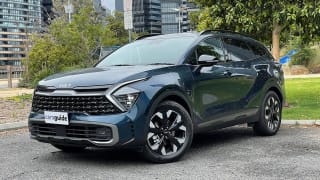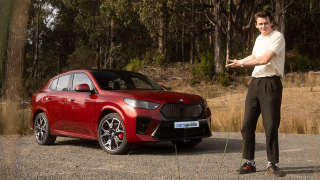Note: The MY22 Outlander Aspire tested here differs from the more recent MY22.5, which loses the MY22's fully digital instrument cluster in favour of a 7.0-inch screen with analogue gauges due to the current chip shortage. This affects models from February 2022 production until further notice, so double check if unsure.
Despite the new technologies and clear uptick in overall quality, Mitsubishi Motors Australia has wisely retained competitive pricing for the new model.
Pricing for the new Outlander went up by $2000-$2500 for most variants, compared with the old model, but it still represents great value.
Range pricing starts at $34,490, before on-road costs, for the front-wheel drive (FWD) five-seat ES and tops out at $49,990 for the all-wheel drive (AWD) seven-seat Exceed Tourer.
The base ES is available with five or seven seats but then every grade from LS up is seven-seat only.
The variant we tested is the mid-to-high grade FWD Aspire priced at $41,490. Opting for AWD adds $2500 to the price. Until the arrival of the plug-in hybrid later in the first half of the year, there’s just one 2.5-litre petrol engine available. The diesel has been dropped for the new model.

The Aspire lines up against other equivalent variants including the Ford Escape ST-Line, Hyundai Tucson Elite, Kia Sportage SX+, Mazda CX-5 Touring AWD, Subaru Forester 2.5i Premium AWD, and the Toyota RAV4 Cruiser, to name a few.
The Outlander offers generous standard gear for the price and it’s in line with most of the newer rivals. The only thing missing is tyre pressure monitoring.
Standard features in the Aspire include 20-inch alloy wheels, auto-levelling headlights, synthetic suede and synthetic leather trim, power driver’s seat, heated front seats, keyless entry and start, wireless smartphone charging, hands-free power tailgate, rain-sensing wipers, auto-dimming rear-view mirrors, auto headlights and auto high beam, a 12.3-inch digital instrument cluster and a 9.0-inch multimedia screen with DAB digital radio, satellite navigation, wireless Apple CarPlay and wired Android Auto.



















